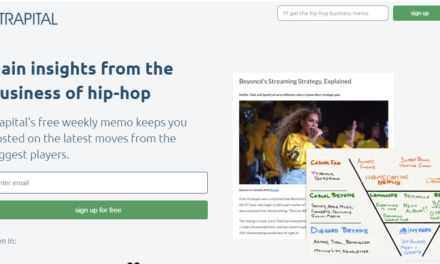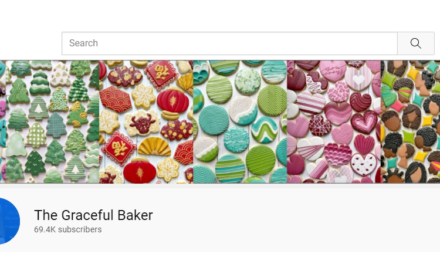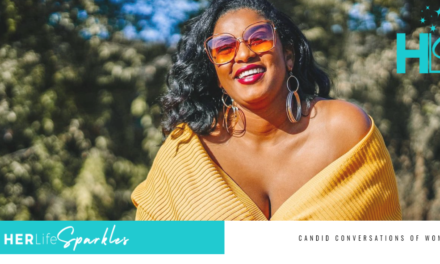What’s the news?
77% of creators rely on brand sponsorships, which is three times more than any other revenue source, according to the Creator Earnings: Benchmark Report 2021.
An April 2021 survey by influencer marketing platform Mavrck found 68.1% of U.S. adult influencers cited brand collaborations as generating the most income for their businesses. (Note: Affiliate marketing was a separate category, ranking second but cited by only 9.3% of respondents.)
What does that mean for content creators?
If you want to become a content entrepreneur, you probably should have a strategy to connect and work with brands.
What exactly are brand partnerships?
In exchange for some form of compensation, content entrepreneurs allow companies to access their audiences. The options are many. These partnerships could be sponsorships, sponsored posts, mentions, affiliate links, etc.
Want to learn how can you tap into budgets and successfully work with brands?
Find out in The Business of Creators report from The Tilt and HubSpot.
Why are brand sponsorships popular with creators?
We’ll let a successful content entrepreneur explain why she likes them. Taste of Koko creator Jane Ko tells eMarketer she prefers brand partnerships over other revenue streams because “they’re a way for her to ‘share experiences with her followers’ and ‘bring a brand to life in a creative and authentic way.’”
The Tilt Talk and Advice
What should a content entrepreneur do?
Focus on building and growing your audience because that’s what tells brands that your content business is working. At the same time, build the business case for working with you.
How do you do that?
Emma Cortes, who creates Emma’s Edition and co-hosts Content Creatives Podcast, has offered this advice:
- Be a fan of the brand and organically talk about them before you partner with them.
- Be active on multiple platforms. Even if you have a much smaller audience, brands that are on those platforms want to connect with you and your followers.
- Post consistently.
- Have a clear brand identity.
How important is engagement to brands?
Very. Brands work with you because they want your audience to see, view, or hear about them. Emma says brands have told her that a healthy engagement rate is 2% or above.
Can content entrepreneurs with small audiences work with brands?
Most definitely. “Although your audience may be small, it can still be impactful,” writes skin-care blogger Amber Broder who has about 2.5K followers on Instagram.
What should they know?
Let’s go back to Amber, who has shared advice for Instagram creators with up to 5K followers. Her smart insights should work for content entrepreneurs on almost any channel.
“You want to create a captivated audience, who engage with you and support you, with strong visual storytelling skills. Then the right brand offers will come,” she says.
Among her tips:
- Work with quality brands that resonate with your audience.
- Promote your engagement rates, which often are higher than those with massive audiences.
- Ask for payment when you think the partnership merits more than a gifted product.
- Stay away from most “ambassador” deals or any arrangement that calls for you to pay for their product (even with a discount.)
- Use affiliate programs sparingly.
What are affiliate programs?
The Newsletter Crew explanation is a good one: “Content creators earn money when a subscriber (or visitor) takes the target action like buying a shirt from the brand’s website.” They also can include other types of links that convert like subscriptions or registrations.
Content entrepreneurs earn some revenue based on how many people convert using those links.
What’s the next step to create brand sponsorships?
You need to have a good case ready for brands to see the value of working with you. And that usually requires some sort of media kit.
What’s a media kit?
The goal is to make a persuasive case of why the brand needs to work with you.
It tells the story of your content business and explains why working with you would be good for the brand. Think about it as an “about” page, explaining who you are, the topics of your content, formats, frequencies, platforms, etc.
It also should include lots of data insights into your audience and content performance. Elements might be demographics, popular content topics, days and times of the best activity, and engagement rates. (Amber created a free media kit template for Instagram content creators.)
What else?
Brand partnerships can be great revenue opportunities. Just make sure they fit with your voice and content model. Start with a few to get the model right. Limiting the number over a longer period creates an exclusivity benefit, which could enable you to charge more.
Be transparent about any brand deals. Your audience expects it, and so does the Federal Trade Commission. Otherwise, your audience will see it as a money grab and won’t respond (or worse, unsubscribe or stop following you.)
About the author
Ann regularly combines words and strategy for B2B, B2C, and nonprofits, continuing to live up to her high school nickname, Editor Ann. An IABC Communicator of the Year and founder of G Force Communication, Ann coaches and trains professionals in all things content. Connect with her on LinkedIn and Twitter.










